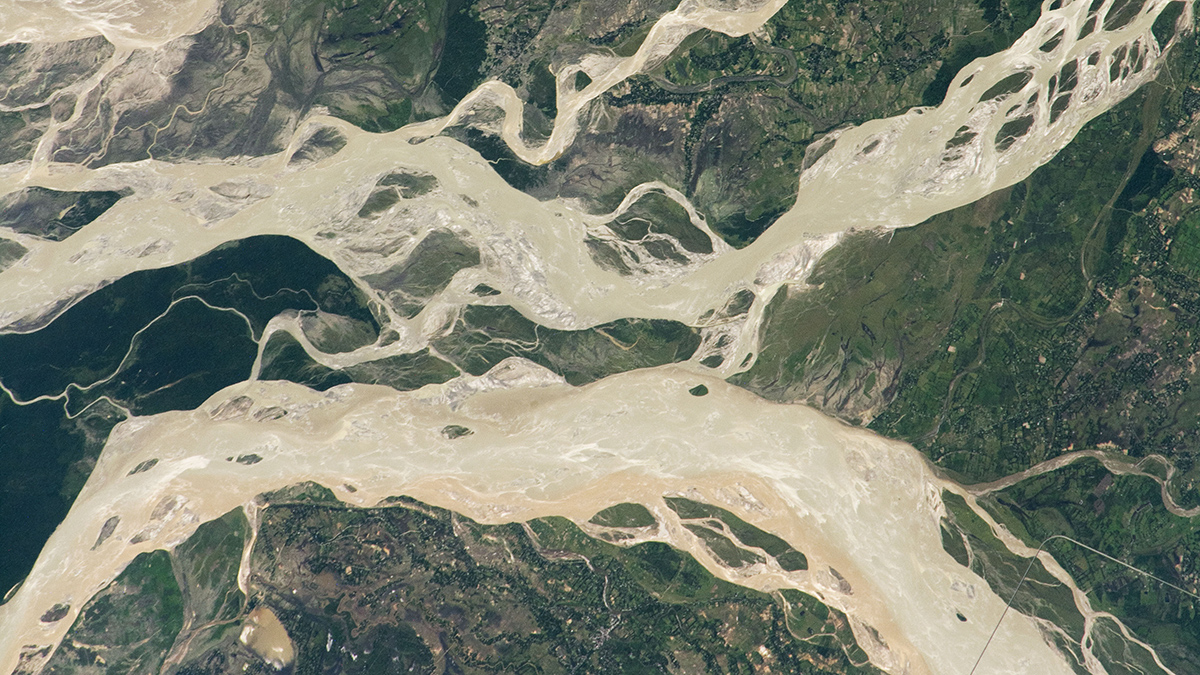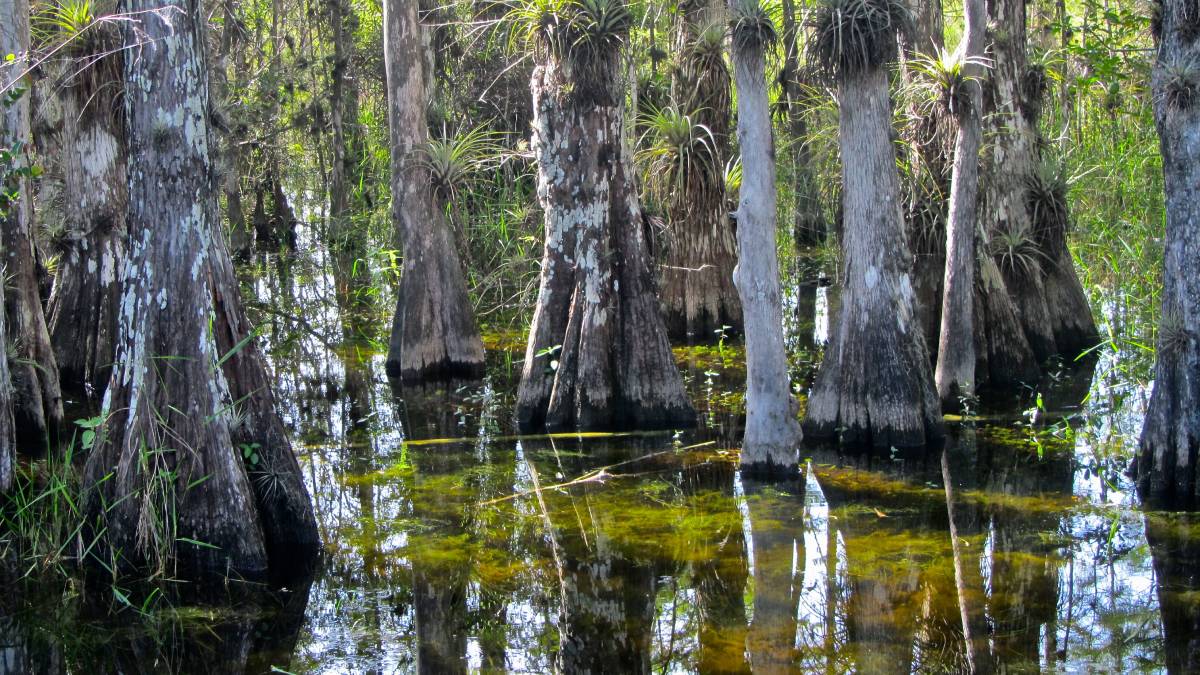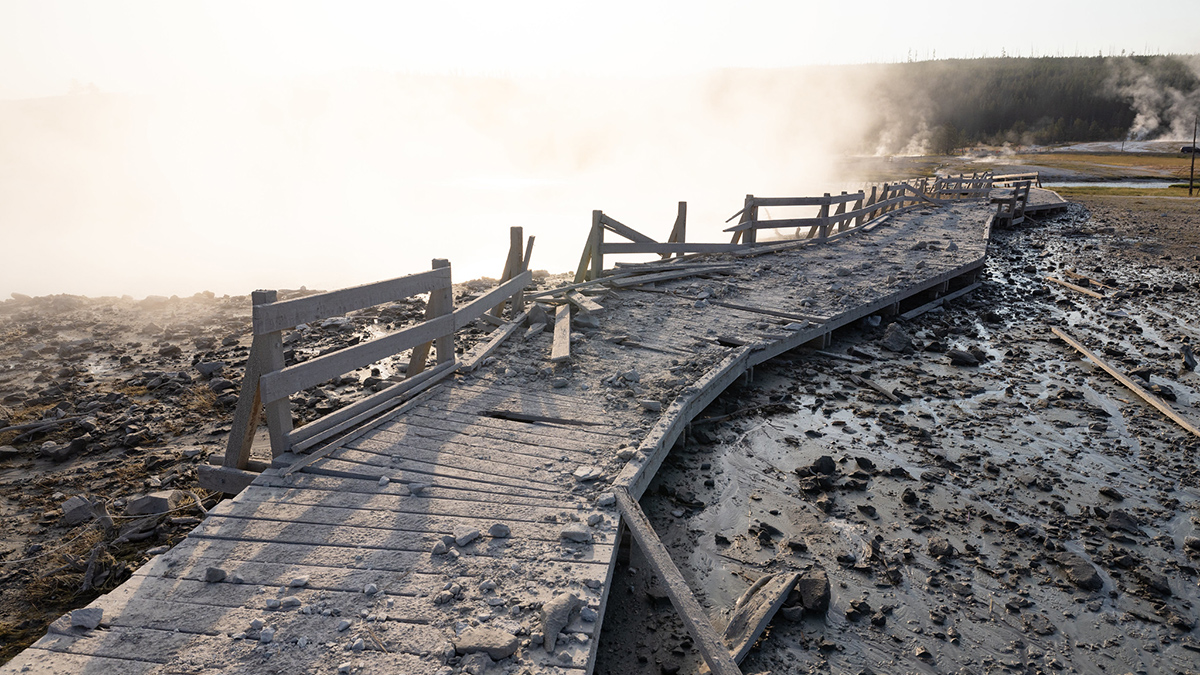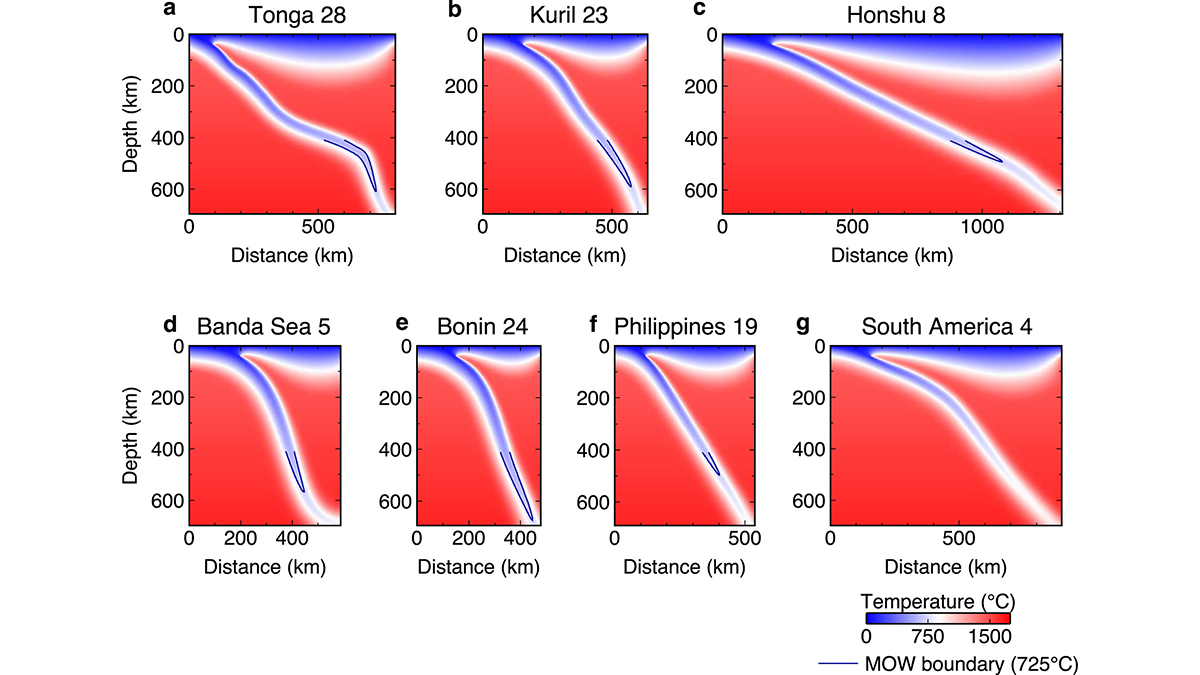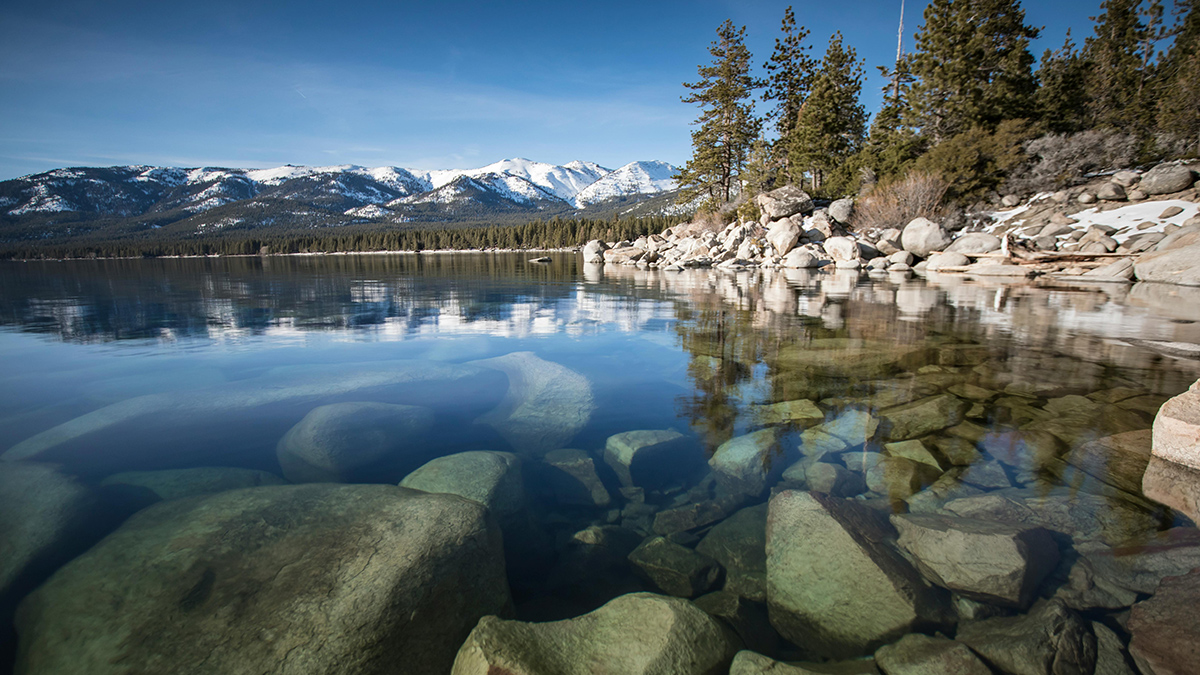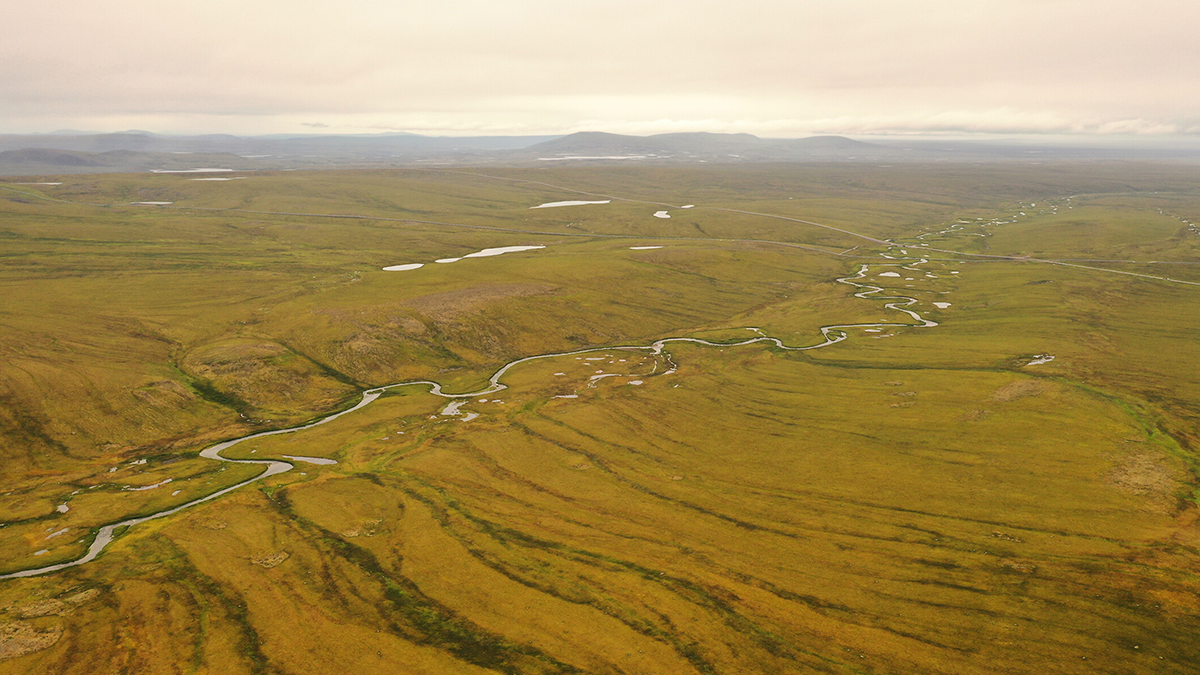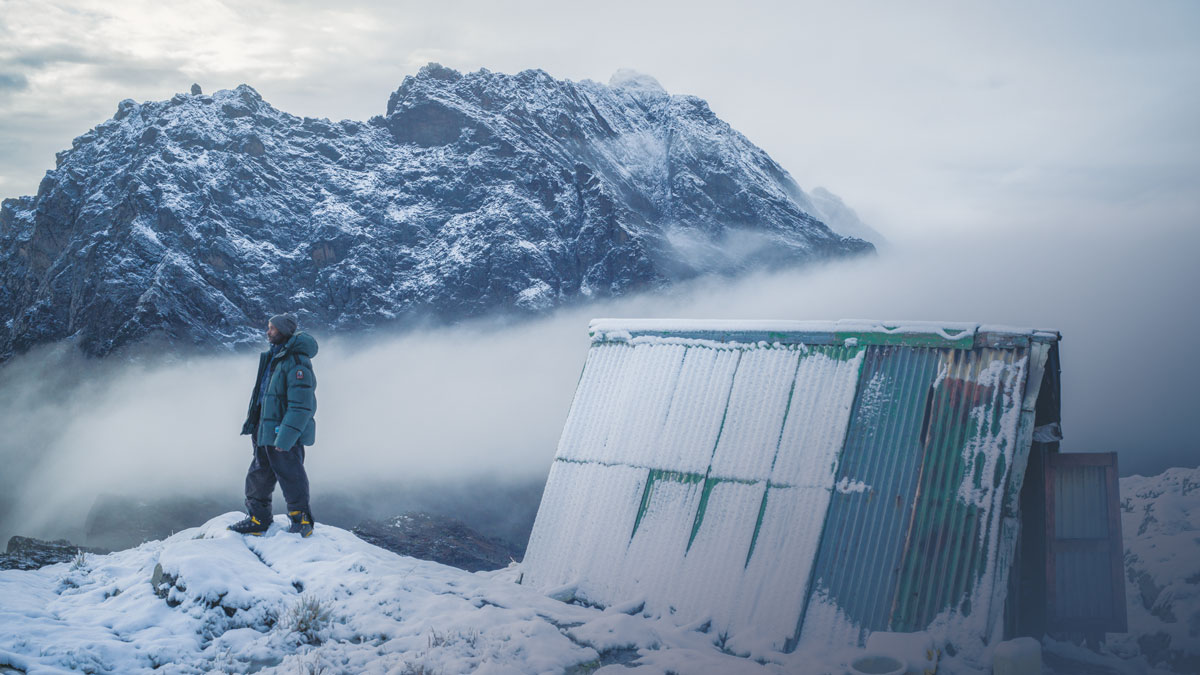The carbon dioxide that results from respiration in and around deep roots is an essential component in the chemical weathering of sandstone rock soils.
Earth science
Coherent, Not Chaotic, Migration in the Brahmaputra-Jamuna River
The channel threads in braided river systems may be more predictable than previously thought.
Environmental Groups Sue to Block Everglades Detention Facility
The groups assert that the facility will undermine decades’ of work and billions of dollars spent restoring and protecting the Everglades’ delicate ecosystem.
New Satellite Adds Evidence of an Earth-Shaking Wave
A tsunami struck a fjord in East Greenland in 2023, ringing seismometers for nine straight days. A new satellite study provides the first observational evidence of the waves.
Obtaining Local Streamflow at Any Resolution
A new upscaling method ensures that global simulations at low resolution preserve the streamflow at local points of interest, such as stream gauges.
Hydrothermal Hazards on Display in Yellowstone National Park
Tourists and officials were startled by a hydrothermal explosion at Black Diamond Pool in July 2024. Geoscientists are working out how and why it occurred to better understand these hazardous events.
Shedding Light on the Mysteries of Deep Earthquakes
By analyzing forty deep earthquakes around the world, researchers discover the key role of a dual mechanism that allows earthquakes to grow larger and release more stress.
Precipitation Extremes Drive Swings in Lake Tahoe’s UV Exposure
An 18-year study reveals dramatic year-to-year variations in ultraviolet radiation penetration tied to Sierra Nevada precipitation cycles.
Water Tracks: The Veins of Thawing Landscapes
Tracing and tracking change in permafrost flowpaths could reveal the dynamics of warming poles.
Worldwide Fieldwork
Our annual fieldwork issue takes you from volcanoes in the Canaries to databases in the cloud.


